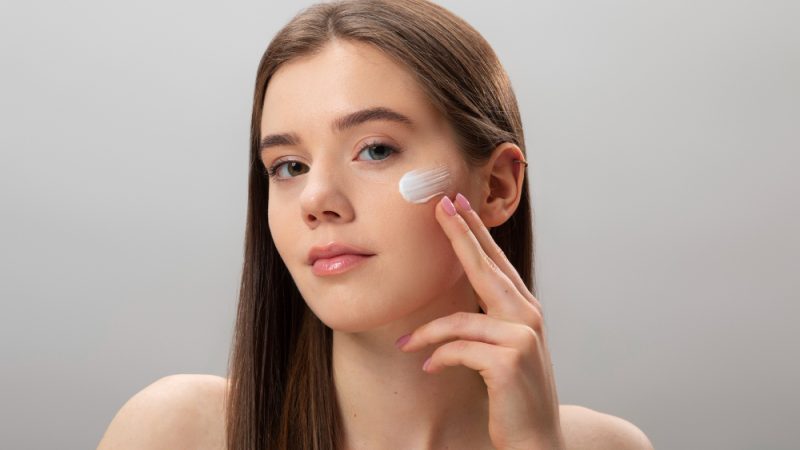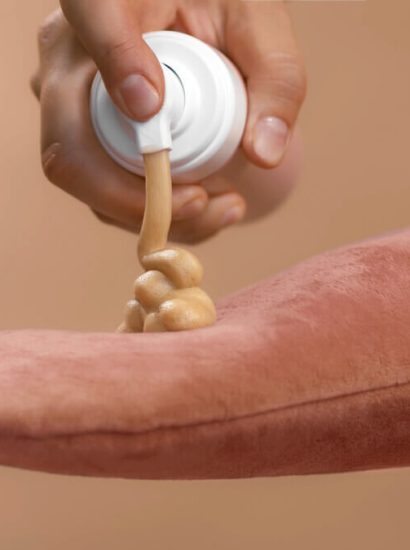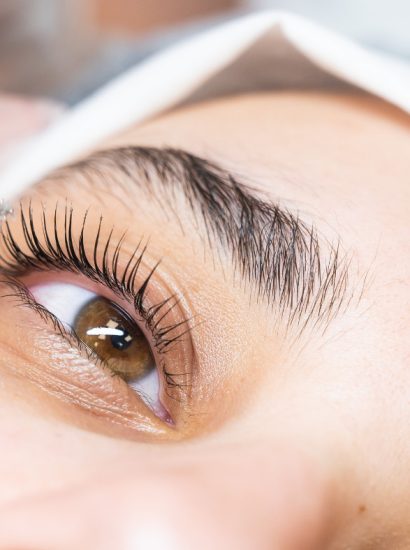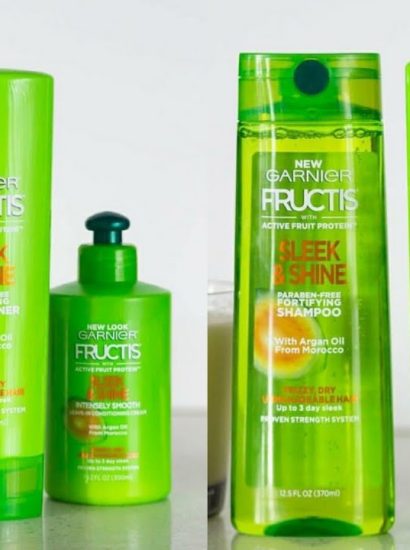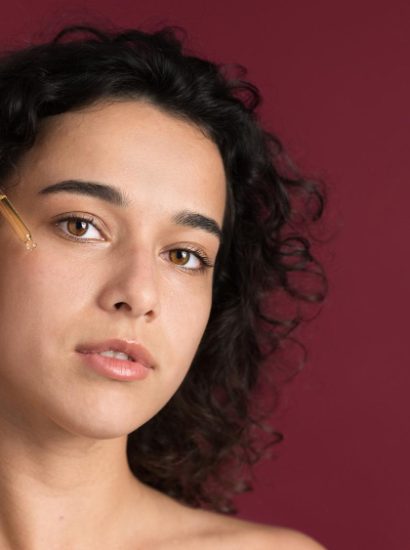When it comes to skincare and makeup, layering products in the correct order is key to achieving healthy skin and a flawless finish. One of the most common beauty questions is: Should you apply primer before or after sunscreen?
The short answer: sunscreen always comes before primer. Sunscreen is a skin protectant, while primer is a makeup enhancer. But let’s dive deeper into why this order matters and how to layer correctly for both protection and beauty.
Understanding the Role of Sunscreen
Sunscreen is designed to shield your skin from harmful UV rays, which can cause premature aging, dark spots, and even skin cancer.
- Broad-spectrum sunscreen protects against both UVA (aging) and UVB (burning) rays.
- It should always be the last step in skincare and the first step before makeup.
- Without proper sunscreen use, other skincare efforts become less effective.
What Does Primer Do?
Primer is a makeup base applied before foundation. Its benefits include:
- Creating a smooth surface for makeup.
- Minimizing the appearance of pores and fine lines.
- Helping makeup last longer.
- Controlling oil or adding hydration, depending on the formula.
While sunscreen protects, primer perfects—they serve different purposes.
Sunscreen Before Primer: The Correct Order
Experts agree: apply sunscreen first, then primer.
Here’s why:
- Sunscreen needs direct contact with skin to work effectively.
- Applying primer first can create a barrier that reduces sunscreen’s ability to protect.
- Sunscreen should be the final skincare step before moving on to makeup.
Chemical vs. Mineral Sunscreens: Does It Matter?
4.1 Chemical Sunscreens
- Absorb UV rays and convert them into heat.
- Need 15–20 minutes to fully activate.
- Lightweight and invisible finish.
4.2 Mineral Sunscreens (Physical)
- Sit on the skin’s surface and reflect UV rays.
- Work immediately upon application.
- Can feel heavier or leave a white cast.
Regardless of type, sunscreen always goes on before primer.
How to Apply Sunscreen and Primer Together
- Cleanse and moisturize your skin.
- Apply sunscreen generously (about a nickel-sized amount for the face).
- Wait 1–3 minutes for sunscreen to absorb.
- Apply primer over sunscreen in thin layers.
- Continue with foundation and the rest of your makeup.
This ensures your sunscreen works while your makeup stays flawless.
Can You Use a Sunscreen-Infused Primer?
Some primers now contain SPF. While convenient, dermatologists warn:
- Most makeup primers with SPF don’t provide enough coverage to protect fully.
- You’d need to apply much more product than usual to reach SPF 30 or higher.
- Best practice: use a standalone sunscreen and treat SPF primers as an extra layer of protection.
Common Mistakes to Avoid
- Applying too little sunscreen. Always use enough for full protection.
- Rubbing sunscreen in aggressively. Pat gently to avoid reducing coverage.
- Skipping primer with oily skin. Primer helps makeup stay intact, especially if you get shiny.
- Relying on foundation with SPF alone. Makeup SPF is not a substitute for sunscreen.
Sunscreen and Primer for Different Skin Types
Oily Skin
- Use a mattifying primer to control shine.
- Look for oil-free, lightweight sunscreens.
Dry Skin
- Choose hydrating sunscreens with hyaluronic acid.
- Use a moisturizing primer for smooth application.
Sensitive Skin
- Opt for mineral sunscreens (zinc oxide, titanium dioxide).
- Avoid primers with heavy fragrance.
Combination Skin
- Mix and match products: hydrating in dry areas, mattifying in oily zones.
Reapplying Sunscreen Over Makeup
One challenge is reapplying sunscreen without ruining your makeup. Options include:
- SPF setting sprays → Convenient mid-day refresh.
- Powder sunscreens → Great for touch-ups on oily skin.
- Cushion compacts with SPF → Easy to dab on top of makeup.
This ensures continuous protection without disturbing your look.
Expert Tips for a Flawless Base
- Always let sunscreen set before applying primer.
- If layering multiple primers (hydrating + mattifying), keep them light.
- Blot excess oil before reapplying sunscreen during the day.
- Choose non-comedogenic products to prevent clogged pores.
By combining smart skincare with strategic makeup steps, you’ll achieve both healthy protection and a polished look.
Conclusion
So, primer goes after sunscreen—always. Sunscreen is a non-negotiable skincare essential, while primer is optional but beneficial for makeup. Applying sunscreen first ensures maximum UV protection, while primer on top creates the perfect canvas for foundation.
By understanding the correct order, choosing the right formulas for your skin type, and maintaining reapplication throughout the day, you’ll enjoy both skin health and flawless makeup.
FAQs
1. Do I need primer if my sunscreen has a matte finish?
If your sunscreen already controls shine, you may skip primer. However, primer can still help makeup last longer.
2. Can I mix sunscreen and primer together?
No. Mixing dilutes both products and reduces effectiveness. Always layer separately.
3. How long should I wait after sunscreen to apply primer?
Wait 1–3 minutes for sunscreen to settle before applying primer.
4. What if my foundation has SPF—do I still need sunscreen?
Yes. Foundation with SPF isn’t applied in large enough amounts to give full protection. Always use sunscreen underneath.
5. Should I apply primer before or after moisturizer and sunscreen?
Primer comes after both moisturizer and sunscreen. The order is: skincare → sunscreen → primer → makeup.
Also read: Musky Perfume: The Timeless Fragrance Notes You Need to Know

